Restore proper Mobility and Alignment for your Neck and Head.
Is the positioning of your head, neck and shoulders important to running? A lot of people might be quick to assume that the head, neck, and shoulders are only marginally involved when you’re running. But that’s just not the case. The position of your head, neck and shoulders has a great influence on how you run and how you move in general.
The Top Down Approach
I remember watching this one street performer in New York’s Central Park. Perhaps you’ve seen him too – he’s the guy who balances a slew of chairs on top of one another until they look like a tree blossoming and it’s all possible because of geometric alignment. And in some ways, the design of our bodies looks kind of like this.
Our bodies have a unique design to it that is unlike all other creatures. We stand on two feet, also known as bipedal. And we expend less energy than every other creature that is positioned on four feet or more. This biomechanical designed was advantageous to the survival of our species. And it’s something author Chris McDougal spends a fair amount of time talking about in his book, Born to Run: A Hidden Tribe, Superathletes, and the Greatest Race the World Has Never Seen. In the book, he discusses the unique ability of early humans to hunt by outrunning their prey based on our bipedal alignment. He attests that four-legged animals would over heat as they fled from humans and eventually succumb to capture as we were able to run further and expend less energy.
The secret is in our alignment. And it starts with the position of our head.
The Forward Head
Unfortunately for our biomechanics, we live in a world where we sit often and constantly respond to an environment overloaded with stimulation. This phenomena is the recipe for the “Forward Head” as our eyes and ears race to make sense of the digital or real stimulates as our hips and spine slowly fall asleep in a chair. Altogether, this leads to compensation patterns in our movement, more precisely, our head and neck begin to protract forward beyond their natural alignment and the rest of the body pays the price.
The Biomechanical Cost
There is a simple ratio that summarizes the Biomechanical cost of a Forward Head. It is:
Add 12lbs to the head for each inch that it protracts forward.
Over time, those pounds can really add up and account for a lot of physiological energy wasted on just holding up your head alone.
Worst yet, the Biomechanical cost of a Forward Head doesn’t stop there. It will affect your running mechanics immensely too. In fact, you lose speed, longevity and distance with a Forward Head alignment because your body cannot properly align into a forward lean position, which is the foundation of bipedal running.
The Forward Head alignment will create too much of an angular displacement between the head and thoracic spine. This forces the pelvis and lumbar spine as well as the feet and knees to compensate in various ways, And it can overload the quads, and lead to heel striking, curling the spine, poor hip movement and more.
Top Down Approach Prescription
Fortunately, you can remodeling the Forward Head alignment, if you have it, with a series of soft tissue therapy techniques and mobility exercises. This remodeling process will take some time, in the range of 7-18 months, but it will be worth it for sure!
A journey of a thousand miles starts with a single step. -Loa Tzu
First Step: Soft Tissue Therapy
Starting with Soft Tissue Therapy
Grab a lacrosse ball (advanced), tennis ball (intermediate) or use your fingers (beginner) to dig into your soft tissue and break up the tightness as well as the knots and adhesions that are looming in there somewhere.
Roll the ball in different patterned ways, such as horizontal, vertical, circling and even gently twisting or just press down on triggers until they release.
The ultimate goal is to restore a softness to these tissue. So, wherever you feel a hardness or a tightness, work to loosen up those tissues until they are soft once again.
Here are several illustrations that demonstrate strategies to address the quality of your soft tissue in the neck and trapezius region.
Other Soft Tissue Tools
You can also employ soft tissue therapy with a Thera Cane, Foam Roller or a Myofascial Stick shown below.
Next Step: Mobility
Once you have loosened the soft tissue and prepped your neck for movement, restore proper range of motion with these mobility exercises. Employ any stretching technique you prefer:
Static Stretch
Dynamic Stretching
PNF Stretching
Click Here to visit: ‘Make a Difference with Stretching’
Last Step: Alignment
Now that your soft tissue is loosened up and stretched out, it will be easier to realign your head and neck into proper positioning.
Here are two simple techniques:
Tucking the Chin
Place your fingers on your chin as you gaze at the horizon. Next, use your fingers and press your chin back in towards your throat as if you are intentionally giving yourself a double chin.
It is a common mistake to drop the head forward when you push your chin in towards your throat. Keep your eyes on the horizon and lengthen the back of the neck as you grow tall through the spine.
Hand on Back of the Head
Place a hand on the back of your head so it covers the rear bulge of your skull. Next, lift the bulge of the skull up toward the sky to lengthen the back of the neck as you tuck your chin in towards your throat.
Again, don’t let your head dip forward. Keep your eyes on the horizon and stay tall through your spine.
Pain in the Neck
You know those does when things just don’t seem to go your way and everyone else in the world is just a pain in your neck? The line at Starbuck’s is way too long. You’re stuck at a traffic light behind some one, who doesn’t seem to know how to make a left turn. Well, you’ve probably already heard this, but a simple adjustment in your own attitude can make all the difference. Instead of being frustrated with other coffee lovers, you can appreciate that some one else will make you a cup of coffee that you will enjoy. Instead of sighing at the hesitant car in front of you, you can be grateful that you driving as opposed to taking the bus.
A little change in attitude or perspective can make a world of difference and this is the same for you neck and head as well. If you can improve the alignment and mobility of your neck and head, your can drastically improve how you move from head to toe. Restrictions in this area will only trigger a hot of compensations strategies that your body will take on in all of its movement patterns. It’s simply a matter of physics.
Practicing these mobility exercises will restore the alignment of your head and neck as well as for the rest of your body. It’s a no-brainer.
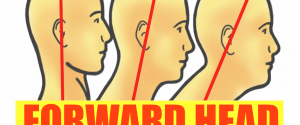
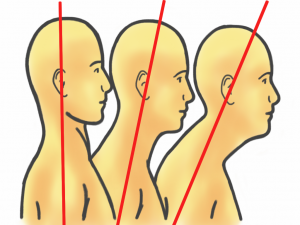
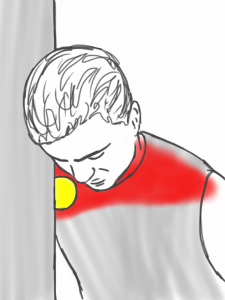
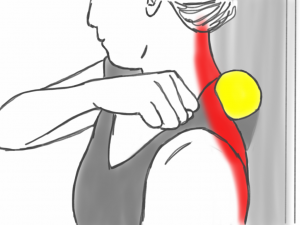
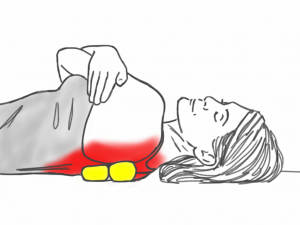
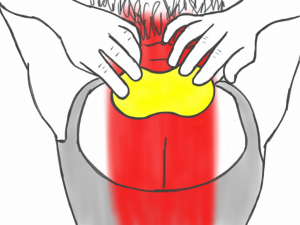

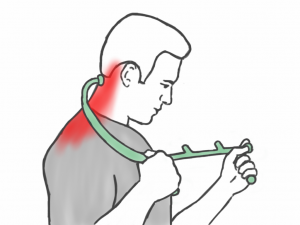

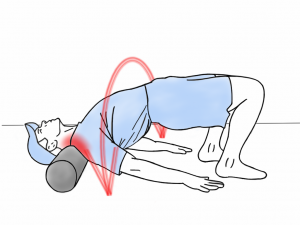
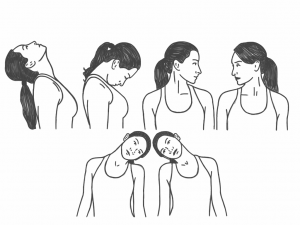
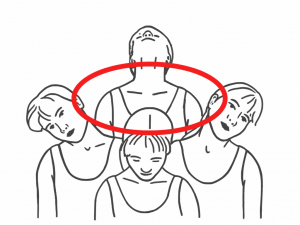
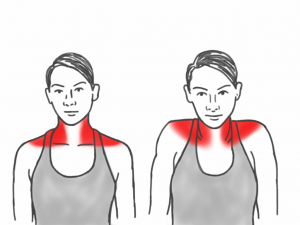
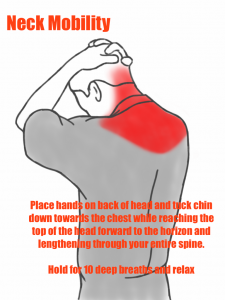
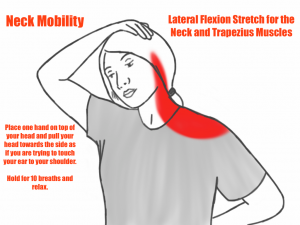
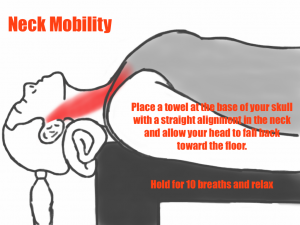
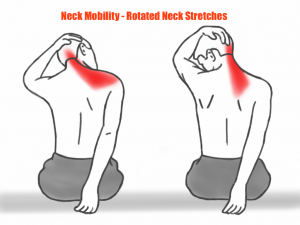
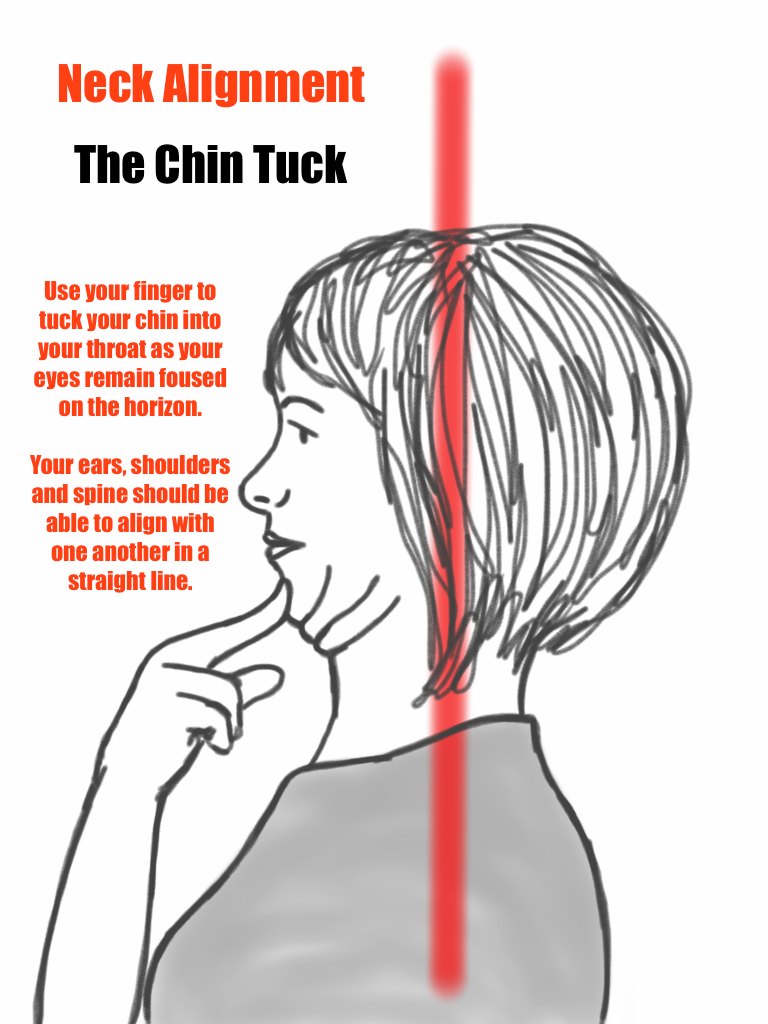
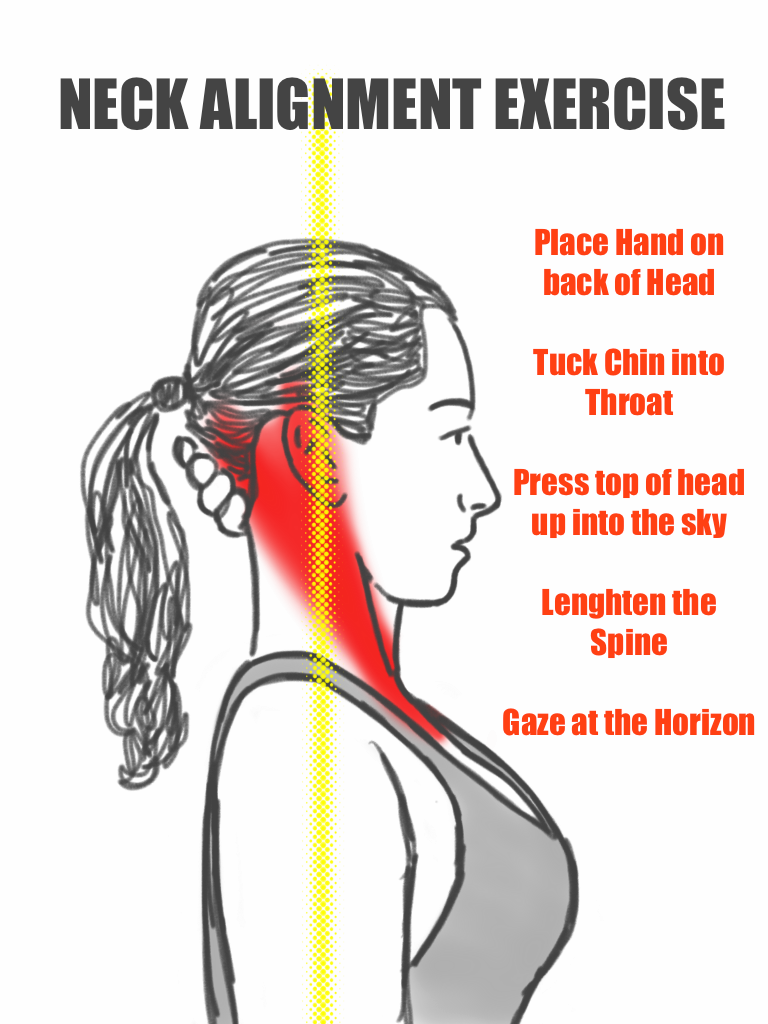

One thought on “Eliminate Forward Head”